I received word yesterday that Earl, a long-time parishioner and good friend back home, had passed away. This was not a surprise; he had been diagnosed with lung cancer some months ago and we expected that he would die while I was on sabbatical. Still, it has filled the day with sadness. I think of his wife, his children, his grandchildren, all of whom I know, and I know that today is a hard one for them. No matter how prepared for a loved one’s death we believe we are, we aren’t. It’s that simple. Death is never easy.
My father died suddenly and unexpectedly when I was not quite six years old; we weren’t prepared. My mother and step-father both died after long and protracted illnesses; we weren’t prepared either time. My mother-in-law passed away after several years of decline into the living death that is Alzheimer’s Disease; even with that long and difficult course, we weren’t prepared. Through the years other friends and family members have died. Parishioners and parishioners’ loved ones have died and I have officiated at their burials and celebrated the Requiem Masses for the repose of their souls. The one thing all of these passings has taught me … no matter how prepared for a loved one’s death we believe we are, we aren’t.
The Irish live with death closer at hand than any other people I’ve encountered. Oh, for sure, there are places where the physical reality of death is nearer at the present; places where famine reigns, places like Somalia and in recent years Ethiopia and other north African countries from which we see the pictures of emaciated corpses and children with malnutrition-distorted bodies. The Irish lived through times like those 165 and more years ago; as the saying goes, they’ve been there, done that.
I’ve written earlier about the famine houses and how they are a living, daily memory of that time. I didn’t write in that entry that in addition to the abandoned homes, there are famine houses that were tombs. Starving families would simply close their door and huddle together in a corner of the house and die. There was no food; there was nothing else to do. (I’m told that there are recorded instances of cannibalism during the famine years. I’ve not read those records myself.) The Irish have been there, done that.
The famine houses are not the only reminders of mortality on this island. There are also the ruins of churches, of small parish churches, of missionary encampments, of great monasteries dating back to the first days of Christianity in Ireland. The names of some are well known: Ballentubber Abbey, a ruin now restored as a parish church and described in another post on this blog; Clonmacnoise in County Offaly which dates from the middle of the 5th Century; the Rock of Cashel, the remains of a 12th Century monastery on a site reputed to have been used by Patrick for the baptism of the kings of Ireland in the 5th Century; Glendalough founded in the Wicklow Mountains by St. Kevin in the 6th Century.
Others are not so well known; Teampall Mhic Ádhaimh (“Church of the Son of Adam”) is a local ruin here on An Cheathrú Rua. Local tradition has it that it was built by a Saint Smochan and archeological and architectural evidence points to a 15th Century construction date. This church is located near the water’s edge at Trá na Reilige (“Beach of the Burial Ground”) at Barr an Doire (“Oaktree Point”).
Another is Teampall Chaomháin (“St. Kevin’s Church”), the buried church on Inis Oírr, the smallest of the Aran Islands. These churches probably came into ruin as a result of “the Penal Years” when the practice of Roman Catholicism in Ireland was outlawed by the English. They came into ruin, but not disuse.
Like many local (and monastic) ruins throughout Ireland, these ruined churches were considered holy ground and so they became burial grounds.
I wandered through the graveyard at Barr an Doire and photographed some of the gravestones, many carved in beautiful Gaelic text. This one marks the grave of Bairbre Nic Donncha, who died April 20, 1960, her husband Peadar, who followed her two days later, and their son Peadar, who died a few days before Christmas in 1995. The blessing on the marker reads, Ar deis De go raibh anam – A chlann a thog, which means “May their souls be at the right hand of God, their family prays.”
The next stands over the tomb of Chóilín Phádraig Pheatsín, who died April 2, 1959, and his wife Nora, who joined him on March 1, 2002. The prayer reads Taispeáin dúinn, a Thiarna, do trócaire agus tabhair do shlánú (“Show us, Lord, your mercy and grant us your salvation”).
And finally this marker over the grave of Bhrid Leainde, who passed away at the young age of 32 in 1959 and was followed by her husband Máirtín, who died at the age of 85 in 1987. I really like the sentiment expressed on this gravestone: Ó bhás go críoch ní críoch ach athfhas i bPárrthas na ngrast go rabhaimíd (“From death to an end not an end but new growth, we go to the Paradise of grace”).
Though surrounded by reminders of the deaths of the famine years and by the ruins of churches and the graves they contain, I’m sure Bairbre’s and Peadar’s family, that Chóilín’s and Nora’s children, that Bhrid’s and Máirtín’s loved ones were not prepared for their deaths. No matter how prepared for a loved one’s death we believe we are, we aren’t. And yet we are sustained by faith, by the faith that assures us that death is not an end, but the beginning of new growth in a paradise of grace where, through the Lord’s mercy, we enjoy the fruits of salvation and sit at God’s right hand.
There is a poem by Máirtín Ó Direáin inscribed on a stone plaque dated August 2000 at Teampall Chaomháin on Inis Oírr. The plaque includes a verse of scripture (Is mise an t-aiséirí agus an bheatha – “I am the resurrection and the life”) and a prayer (Suaimhneas sioraí dar muintir a d’migh uainn – “Eternal peace to the people who have left us”). The poem is entitled Cuimhní Cinn (“Memories”). I’ve tried to find a translation, but failing that have translated it myself.
Their memory still lives in my mind:
A white jacket and a bright shirt,
a blue shirt and a green vest,
trousers and drawers of homespun;
our honored old men
traveling to Sunday morning Mass,
a long journey on foot
wakening in my youth my own thoughts:
our ground, our earth, still our blessing.Their memory still lives in my mind:
Long red choir robes,
blue coats dyed with indigo,
neat knitting women
now in heavy shawls up from Galway
traveling to Mass in the same way;
and although they are going out of fashion
their memory still lives in my mind.
Certainly life will come to me from this land.
Earl’s memory lives in my mind – a tweed sport coat, a purple shirt, two canes, a bushy beard, and ready smile. We knew this was coming, but no matter how prepared for death we believe we are, we aren’t. Being in community, traveling together to Mass memories alive in everyone’s minds, helps us get through that unpreparedness. I’m sorry I can’t be there with our church community to say “Good bye”.
May he rest in peace and rise in glory.

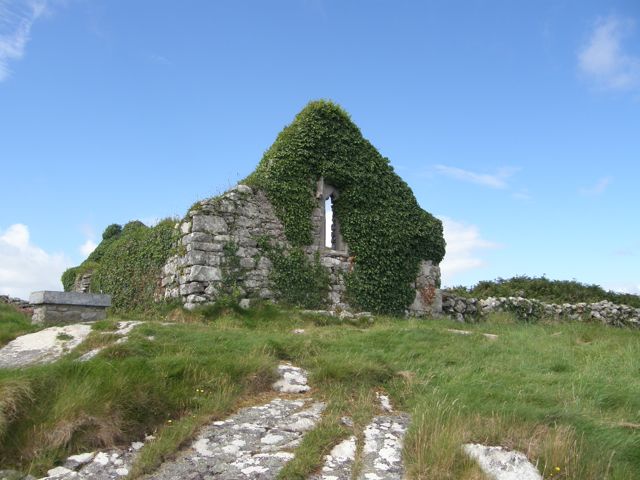


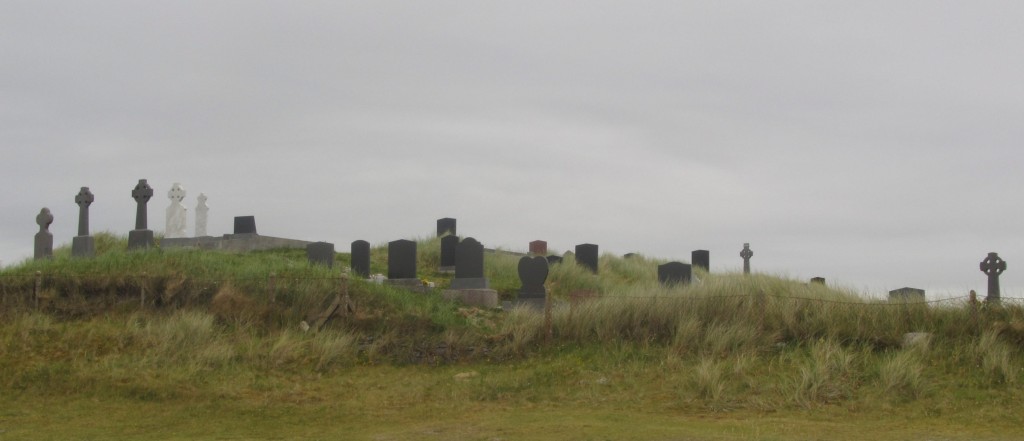
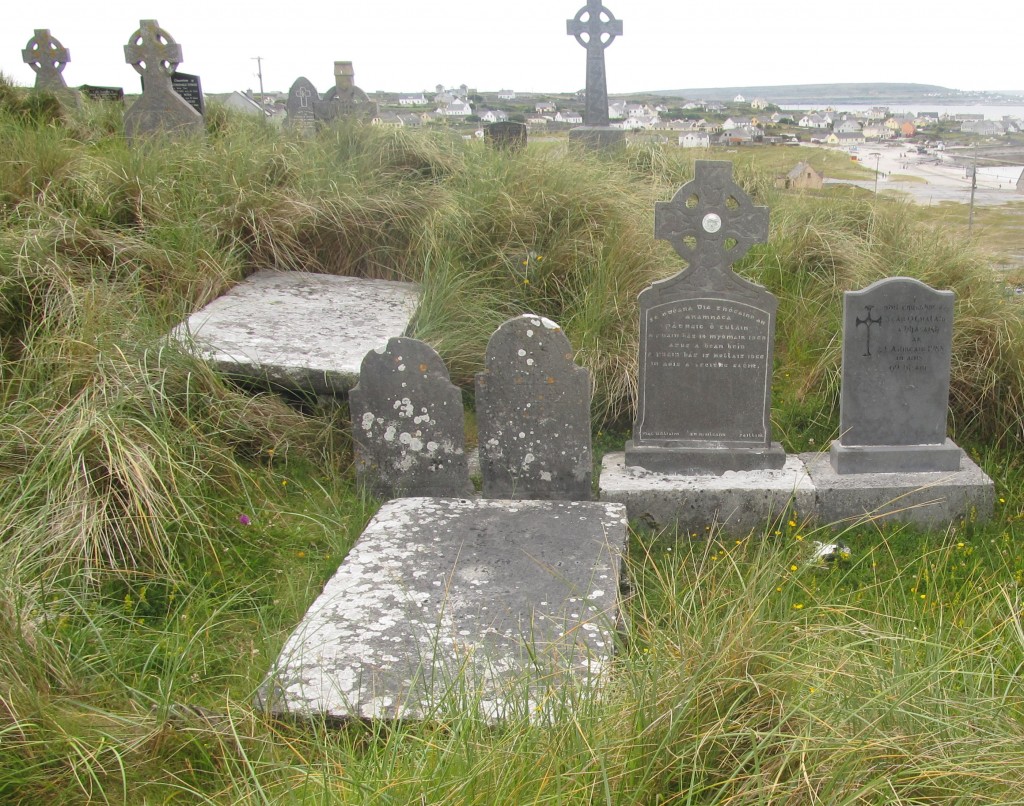

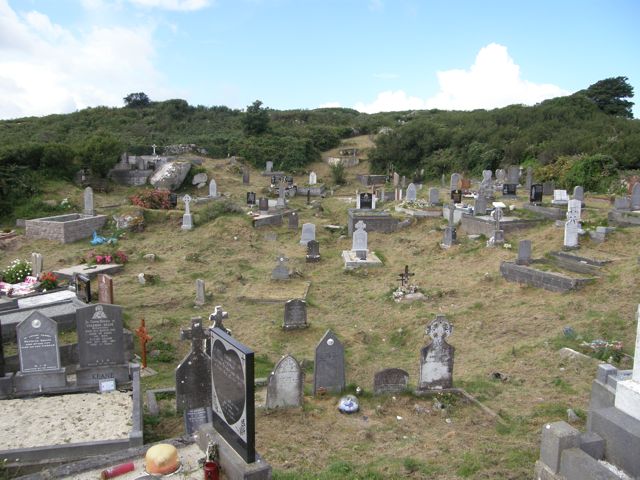


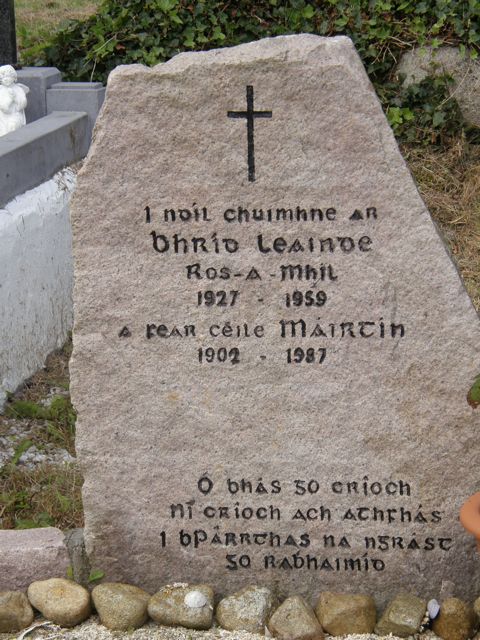




Thank you, Eric, for a reminder that in the midst of life, we are in death. Please accept my condolences for the loss of your friend and parishioner. We have not yet “been” to that country, but we shall, and inevitably, “do” that. May we face death with the courage that comes from knowing a loving God, and may we enter God’s nearer presence with peace and hope. And may we live every moment we are given now fully, and awake to the wonders of life.
Georgia+
Prayer ascending for Earl and his family and friends, that they may find the comfort of being held in the hand of God. And may the green hills and fields and the gray rolling ocean of Ireland give you comfort as you grieve your friend in that beloved land.
What a beautiful blog to read, Eric. Thank you.